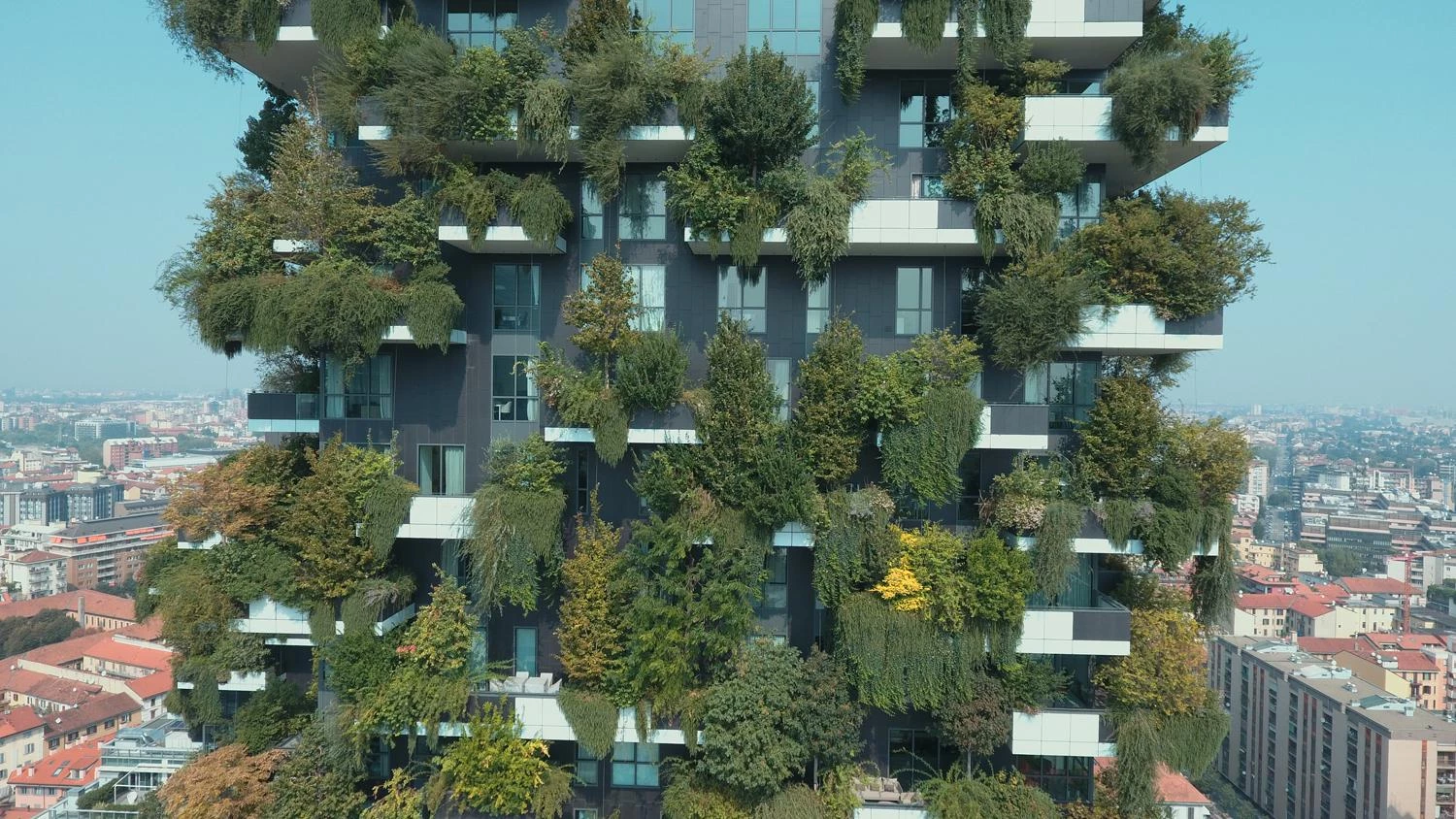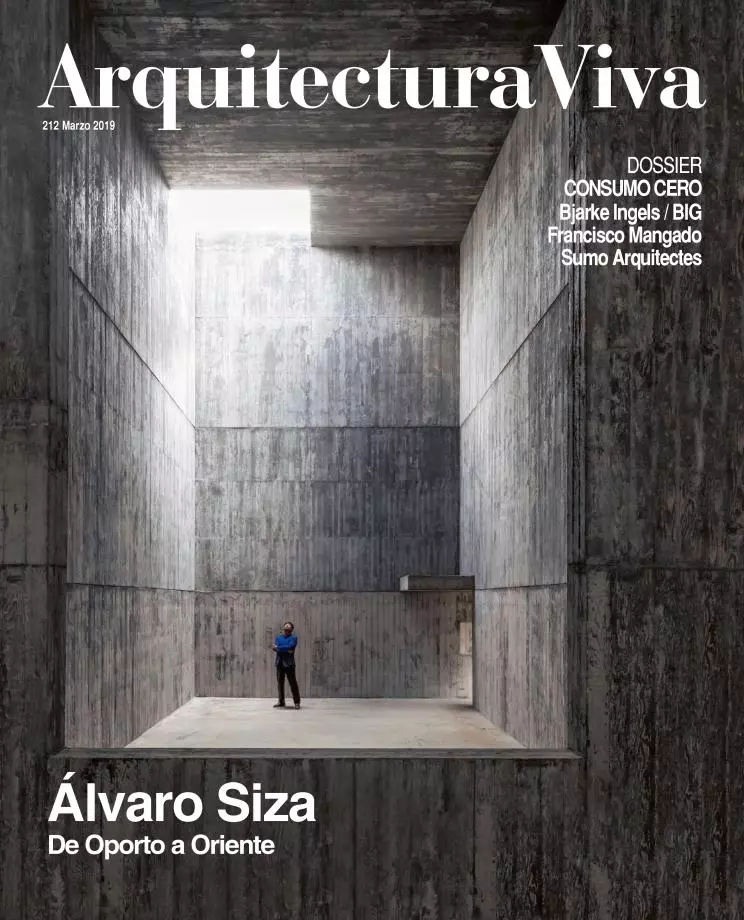
Photo courtesy of Stefano Boeri Architetti, II Bosco Verticale
It seems natural to associate the term ‘sustainable’ with the image of greenery, although the connection is not at all inevitable.
With regard to the links that buildings establish with the environment (evoking the idea of the planet as a vulnerable reserve to take care of), sustainability is often illustrated with constructions that can be green in a metaphorical sense, such as those that do not waste the resources of their environments and that strike a relationship of continuity with them. But architects, whether to explore a new style or to engage with the public, tend to refer to ‘greenness’ less metaphorically than literally, in such a way that buildings end up colonized by vegetation, like geological structures that time has deposited plants on in order to create a new natural landscape. This is the case of coarsely green buildings like Kean Young’s, and also of the subtly green ones like Stefano Boeri’s Bosco Verticale outside Milan.
In ‘sustainable’ architecture, the image of green – the organicist head of the same ecological coin – is sometimes opposed to the technocratic tail, although they usually exist side by side. So it is that ‘green’ ends up denoting architecture that – through mechanisms of all kinds, from solar thermal or photovoltaic panels to cogeneration boilers – is able to not emit carbon dioxide as well as to produce more energy than it consumes; all this in accordance with a calculation that tends not to include the energy used or the gases released in the manufacture, transport, placing in service, and subsequent recycling of the materials and devices that make up the supposedly ‘green’ building.
Thus, both in its organicist version of plant-buildings and in the technocratic one of machine-buildings, sustainability risks becoming a distinguishing feature – more or less explicit in style – and of becoming part of that specialized, labeled architecture that competes for environmental certificates. Perhaps we should be paying more attention to projects where sustainability is not just a brand image, but a requirement to be met – as in history’s finest buildings – by addressing energy, yes, but also matter and form, and even the city.
A paradigmatic example of this straightforward sustainability that is efficient in its commitment to the environment without showing off would be Baumschlager Eberle’s office in Austria’s Tyrol region, where the wise combination of thermal inertia and natural ventilation make mechanical systems of energy production unnecessary. Similar, each in its own way, are the three buildings presented in detail in the following pages: the waste-treatment Amager Resource Center by BIG, the Norvento headquarters by Francisco Mangado, and a civic center in Barcelona by Sumo arquitectes.






